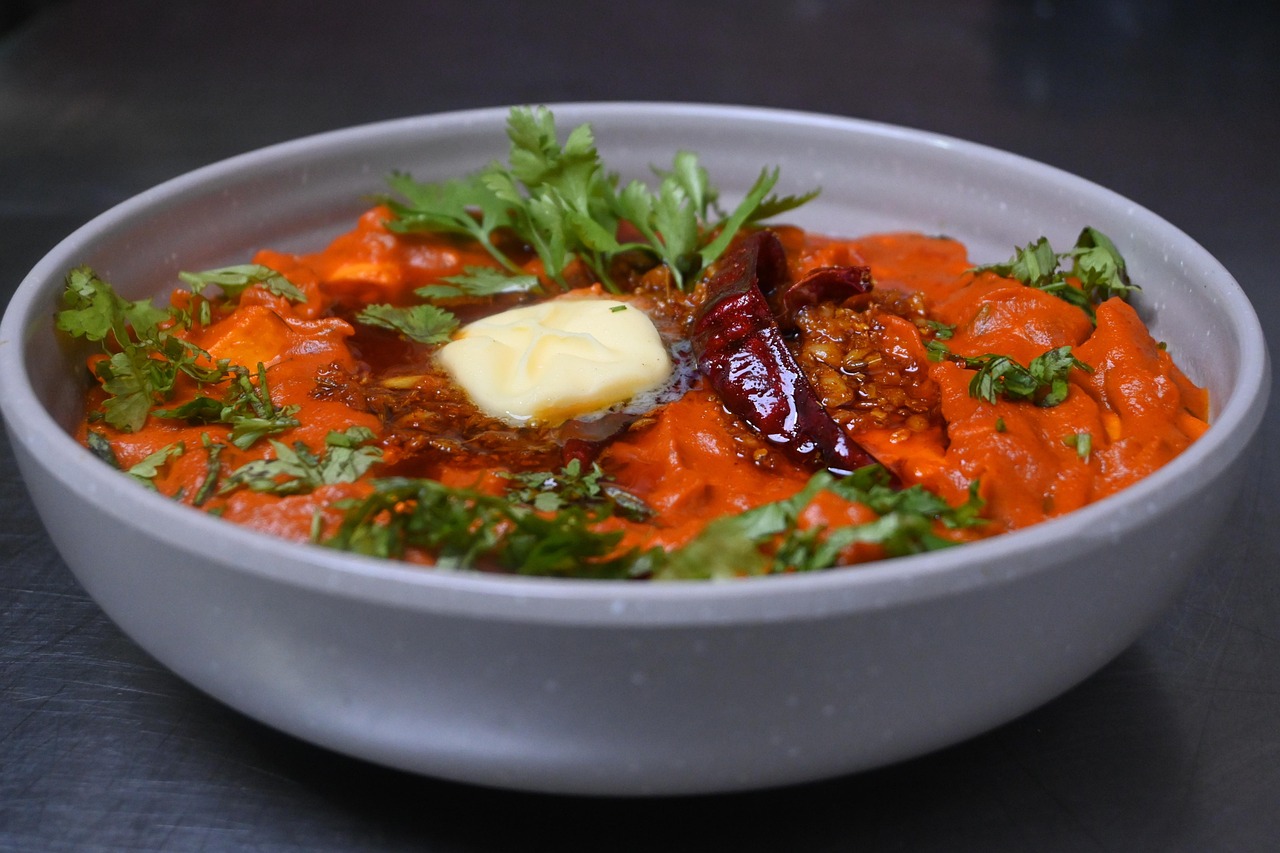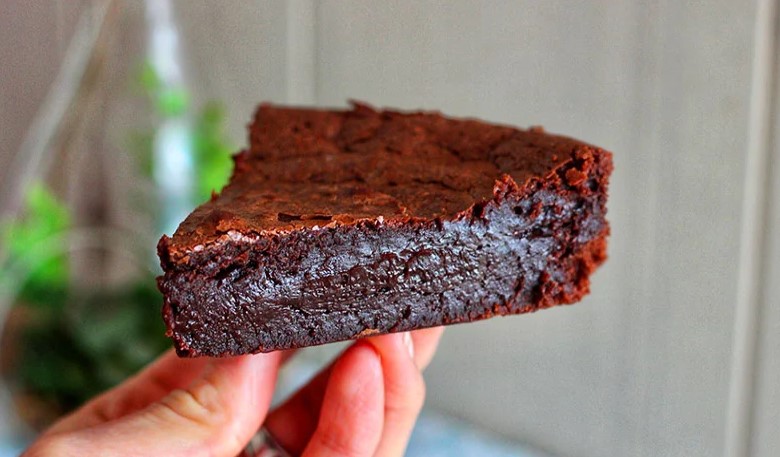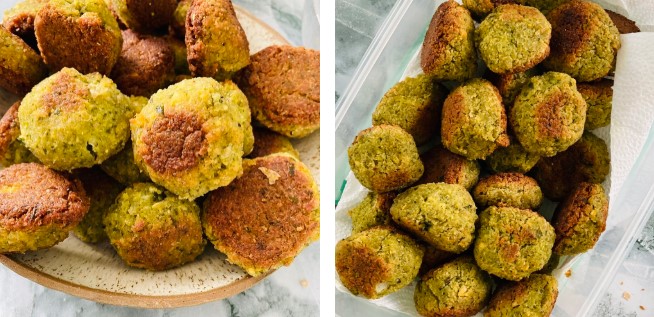Going vegan isn’t just a diet; it’s a lifestyle choice brimming with flavor, health benefits, and a positive impact on the planet. Whether you’re a seasoned vegan or just curious about exploring plant-based cuisine, the world of vegan dishes is incredibly diverse and delicious. This guide will take you on a culinary journey through the essential aspects of vegan cooking, highlighting mouthwatering options and providing tips to make your vegan adventure a success.
The Building Blocks of Delicious Vegan Dishes
Creating fantastic vegan meals starts with understanding the core components that replace traditional animal products. These elements provide the texture, flavor, and nutritional value needed for a balanced and satisfying diet.
Plant-Based Protein Sources
Protein is essential for muscle building, repair, and overall health. Luckily, the plant kingdom is brimming with fantastic protein sources.
- Legumes: Beans, lentils, chickpeas, and peas are incredibly versatile and packed with protein and fiber.
Example: Lentil soup is a hearty and warming dish.
Tip: Soak dried legumes overnight for easier digestion.
- Tofu and Tempeh: These soy-based products are blank canvases that absorb flavors beautifully.
Example: Marinate tofu in soy sauce, ginger, and garlic, then bake until crispy.
Tip: Press tofu to remove excess water before cooking for a firmer texture.
- Nuts and Seeds: Almonds, walnuts, chia seeds, flax seeds, and hemp seeds are great sources of protein and healthy fats.
Example: Add chia seeds to your morning smoothie for a protein boost.
Tip: Soak nuts overnight for improved digestibility.
- Whole Grains: Quinoa, brown rice, and oats contribute protein along with essential carbohydrates and fiber.
Example: Quinoa salad with roasted vegetables and a lemon vinaigrette.
Tip: Cook grains in vegetable broth for added flavor.
- Seitan: Made from wheat gluten, seitan is a high-protein, meaty alternative.
Example: Seitan can be used in stir-fries or as a replacement for chicken in fajitas.
Tip: Look for seitan recipes online that use flavorful marinades.
Essential Vegan Pantry Staples
Having a well-stocked vegan pantry is key to whipping up delicious meals quickly and easily.
- Plant-Based Milks: Almond milk, soy milk, oat milk, and coconut milk are versatile for cooking, baking, and drinking.
Tip: Experiment with different types to find your favorite for various uses.
- Vegan Butter and Cheese: There are numerous vegan butter and cheese alternatives made from nuts, seeds, or coconut oil.
Tip: Read labels carefully to choose products that meet your taste and dietary needs.
- Spices and Herbs: Essential for adding depth and flavor to vegan dishes.
Tip: Keep a variety of dried and fresh herbs on hand, such as basil, oregano, thyme, rosemary, cumin, chili powder, and smoked paprika.
- Oils and Vinegars: Olive oil, avocado oil, sesame oil, balsamic vinegar, apple cider vinegar, and rice vinegar are foundational for cooking and dressings.
Tip: Use different oils for different cooking purposes – olive oil for low-heat cooking and avocado oil for high-heat cooking.
- Nutritional Yeast: A deactivated yeast with a cheesy, nutty flavor often used in vegan sauces and toppings.
* Tip: Sprinkle nutritional yeast on popcorn for a savory treat.
Delicious Vegan Dishes: Breakfast, Lunch, and Dinner
Vegan meals can be just as exciting and satisfying as any other cuisine. Here are some ideas for each meal of the day.
Vegan Breakfast Ideas
Start your day off right with these plant-powered breakfast options.
- Tofu Scramble: A savory and protein-packed alternative to scrambled eggs. Crumble firm tofu, sauté with vegetables like onions, peppers, and spinach, and season with turmeric for a yellow color and egg-like flavor.
- Overnight Oats: Combine rolled oats with plant-based milk, chia seeds, sweetener (like maple syrup or agave), and your favorite toppings (berries, nuts, seeds) in a jar. Let it sit in the refrigerator overnight for a quick and easy breakfast.
- Vegan Pancakes or Waffles: Use plant-based milk, flax eggs (ground flax seeds mixed with water), and vegan butter to create fluffy pancakes or waffles. Top with fruit, maple syrup, and vegan whipped cream.
- Smoothies: Blend fruits, vegetables, plant-based milk, protein powder (optional), and healthy fats (like avocado or nut butter) for a quick and nutritious breakfast.
Vegan Lunch Ideas
Power through your midday with these fulfilling lunch options.
- Vegan Sandwiches and Wraps: Use hummus, avocado, plant-based deli slices, roasted vegetables, and sprouts for flavorful and satisfying sandwiches or wraps.
- Salads: Build a hearty salad with a base of greens, grains (like quinoa or farro), legumes (like chickpeas or black beans), roasted vegetables, nuts, seeds, and a homemade vegan dressing.
- Soup and Stews: Lentil soup, vegetable soup, and vegan chili are comforting and nutritious lunch options.
- Leftovers: Don’t forget about repurposing dinner leftovers for a quick and easy lunch!
Vegan Dinner Ideas
Impress your family and friends with these delectable vegan dinner recipes.
- Vegan Pasta Dishes: Use vegetable-based sauces, cashew cream sauces, or pesto to create delicious pasta dishes. Add vegetables, legumes, or plant-based protein sources for a complete meal.
- Vegan Curries: Coconut milk-based curries with vegetables, tofu, or chickpeas are flavorful and aromatic. Serve with rice or naan bread.
- Vegan Stir-Fries: Sauté vegetables, tofu, or tempeh in a flavorful sauce and serve over rice or noodles.
- Vegan Burgers: Make your own vegan burgers using beans, lentils, vegetables, and spices. Serve on a bun with your favorite toppings.
- Vegan Pizza: Use vegan cheese, vegetables, and plant-based sausage to create a delicious pizza.
Tips for Successful Vegan Cooking
Making the transition to vegan cooking can seem daunting, but with these helpful tips, you’ll be a pro in no time.
Plan Your Meals
- Take some time each week to plan your meals and create a grocery list. This will help you stay organized and ensure you have all the ingredients you need.
- Look for vegan recipes online or in cookbooks for inspiration.
Read Labels Carefully
- Always read the labels of packaged foods to ensure they are vegan. Look out for hidden animal products like whey, casein, gelatin, and honey.
Experiment with Flavors
- Don’t be afraid to experiment with different spices, herbs, and flavor combinations to create unique and exciting vegan dishes.
- Explore cuisines from around the world for vegan inspiration.
Focus on Whole Foods
- Prioritize whole, unprocessed foods like fruits, vegetables, grains, legumes, nuts, and seeds.
- Limit your intake of processed vegan foods, which can be high in sugar, salt, and unhealthy fats.
Embrace Plant-Based Substitutions
- Learn how to substitute animal products with plant-based alternatives. For example, use flax eggs in baking, plant-based milk instead of dairy milk, and nutritional yeast for a cheesy flavor.
Conclusion
Embracing vegan dishes opens up a world of culinary possibilities, filled with vibrant flavors, exciting textures, and a commitment to a healthier, more sustainable lifestyle. From protein-packed legumes and versatile tofu to nutrient-rich vegetables and grains, the plant kingdom offers an abundance of ingredients to create delicious and satisfying meals. With a little planning, experimentation, and the helpful tips outlined above, you can confidently navigate the world of vegan cooking and enjoy a diverse and fulfilling plant-based diet. So, go ahead, explore new recipes, experiment with different flavors, and discover the incredible versatility of vegan cuisine – your taste buds (and the planet) will thank you for it!




